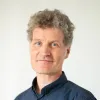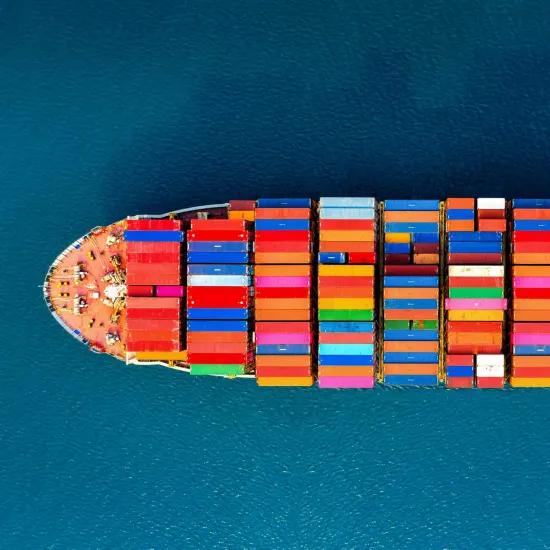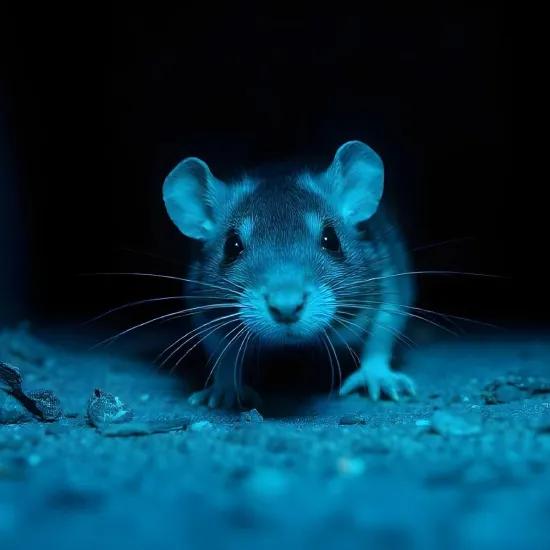Have you ever asked yourself how you can steer your site towards circular transition as an international concern lead plant? CNH Industrial in Zedelgem has already taken up this challenge!
The biggest and most important trump cards in CNH Industrial’s hand for this exploratory investigation were to place their courage and conviction in the local expertise within the company, in the supply chain and amongst its knowledge partners. Here is the story of how the first steps and actions, both bottom-up and top-down, came together at CNH Industrial, with the support of Sirris and Agoria.
Exploratory first round
The exploration started with the bringing together of the circular knowledge, perspective and ambitions of the stakeholders and other interested parties. A common drive was created by seeking out the overlap between the vision and values formulated by management, external insights into the theory and application of the circular economy and existing and documented good practices. Above all, a common language gradually evolved.
These first probing steps widened the objectives, before narrowing them again. As part of this exercise CNH Industrial made an attempt to pinpoint where the major levers were located on the site, that is, the potential lead plant. The identification and coalescence of the key competences, experiences, the network, etc. can result in unexpected opportunities. The growing realisation was that not everything would suddenly be different. The start-up with a circular strategy will almost always focus on one product group and/or a specific customer segment. As such, it is not always necessary to break open all knowledge silos immediately from the word go. At CNH Industrial, the product/client segment for combine harvesters was chosen. This would mean that subsequent steps would start to become more concrete and more realistic.
Bringing together those who sit apart
A systemic circular exploration has many dimensions. For the combine harvester segment, colleagues from the different departments involved - purchasing, logistics, materials management, quality, production, environmental management, R&D, product design, financing and product leasing, product management and marketing, etc. - were brought together, each with their own specific perspective and each contributing to a better understanding of the impact, should a definitive choice be made for circular design and a circular revenue model.
From the very outset, this indicates how complex and radical the changes might be. Participants also felt that everyone had a role to play and was able to contribute to the solution. There was a growing recognition that the approach adopted for a circular product-service development was not the same as for a linear product development project. In the former, the relationships between the product, the revenue model and the customer segment are linked intensely. An iterative approach is essential for tackling the many uncertainties and assumptions.
This phase is all about zooming in and out. For example, zooming in on all aspects of the ecological impact of a combine harvester throughout its life cycle, and zooming out to consider the revenue models which provide an answer to this.
For CNH Industrial, the most important aspect of this was for participants to get to know each other better, even if they had already been colleagues for many years. This gave them a better picture of the activities, know-how and experience which they had jointly accrued. As such, purchasers and product developers were able to discover the array of financing services which were available to customers, or conversely, the fact that digital technology currently being developed for combine harvesters can support customer service and the revenue model.
We found that many elements of the circular economy were already in place, but these were not yet coordinated and managed on the basis of or associated with a central vision. A holistic picture of these initiatives and their positive impact were also missing, and likewise the identification of working points going forwards. General expectations have indeed been defined, but these have not yet been translated into concrete actions for all employees.
An additional dimension to agricultural machinery made by CNH Industrial is not only that they have their own ecological footprint, but they can also improve productivity amongst farmers.
Together it was realised that increasingly larger and heavier machines are being put under pressure by a linear model. In a circular context which has sustainable agriculture in mind (pressure on the soil, reduction of carbon footprint through product use, etc.), the focus will be on alternative power sources, such as electricity, green hydrogen, etc. From the perspective of the manufacturing industry, we only have a very limited picture of the trends in agriculture. Nevertheless, we have received signals that pressure on how larger-scale agricultural is being organised is growing. This may also be a trend that can be addressed using circular products and services. In the longer term, it there seems to be a potential for smaller machines to develop.
Bottom-up, top-down - local-international
As far as this was concerned, a bottom-up question was raised as to how to arrive at explicit, concrete and ambitious objectives. Without these objectives, there is insufficient priority and budget for exploring the idea of more circular products and services. The key, therefore, lies in linking the bottom-up demand for concrete objectives with the top-down ambition of 'doing something' with sustainability and circularity. Giving senior management input, insight and support to make their circular ambitions explicit is an extremely useful exercise. At this point it is possible for one site to assume the role of pilot plant (lead plant). The idea that a single site can lead the way and experience the entire learning curve can be of strategic value on the international stage. A learning path is essential to bring about successful products and services. An iterative approach which aims at maximising learning and experience will help limit the risks. It provides a long-term asset, even if the first circular project does not deliver the financial success that was initially hoped for.
The choice of Zedelgem as a pilot plant can be put down to the advanced product being produced there (a combine harvester of which Belgium can be justly proud) and the accompanying individuality of the production process. In contrast to the automotive industry, where assembly has the lion’s share, the factory in Zedelgem also produces many original components. This vertical integration provides interesting opportunities when it comes to ongoing optimisation based on ecological goals. In the meantime, a life-cycle assessment for a key product has provided the necessary insight for the following steps.
Partnerships as value
Together with Sirris and Agoria, CNH Industrial has gone through all these steps and has gained ample experience and learned many lessons. By opening up the organisation to external information and know-how, an expanded network has also emerged. The chance of finding the right partner at the right moment has risen exponentially. Likewise, the chance to learn from other organisations, businesses, etc. will help to look at one’s own projects more critically and to seek out improvements. We’ve already written about this in our blog: 'Get out there' and 'be humble'.
Are you looking for new opportunities to extend your network and insights? We’d like to suggest the following:
- participation in the 'Circle' project, aimed at recovery, upgrade, remanufacturing and reuse. More information on this web page.
- The Learning network CE Connect: please contact us for the entry point and the introductory meetings for the new cycle starting at the end of September.
(Source pictures: CNH)]]>




